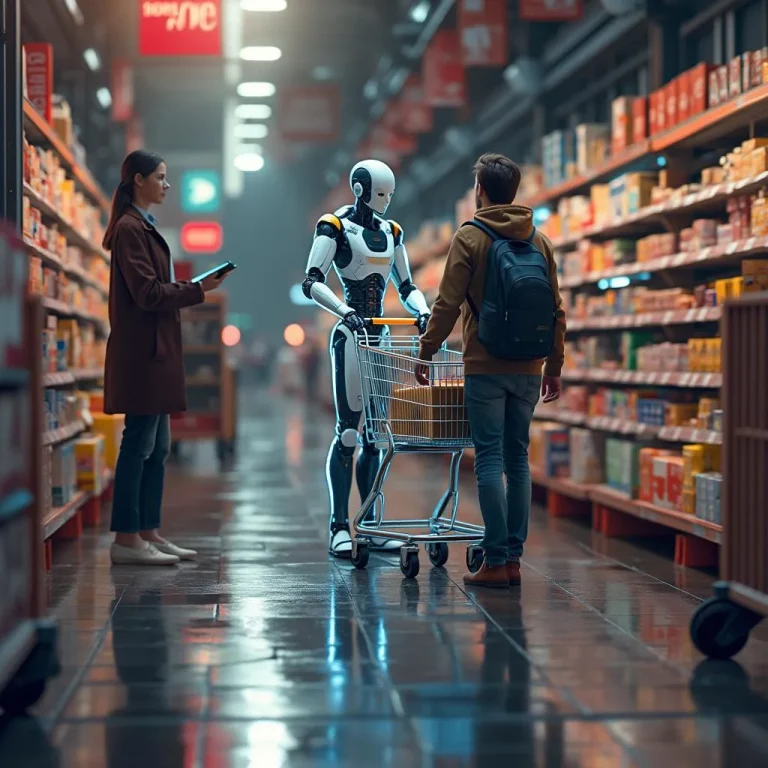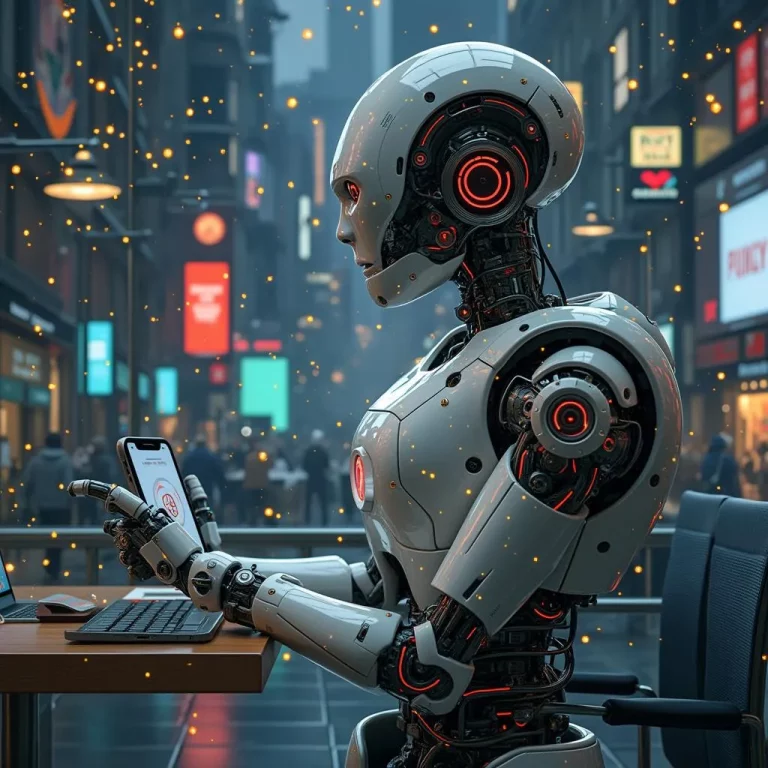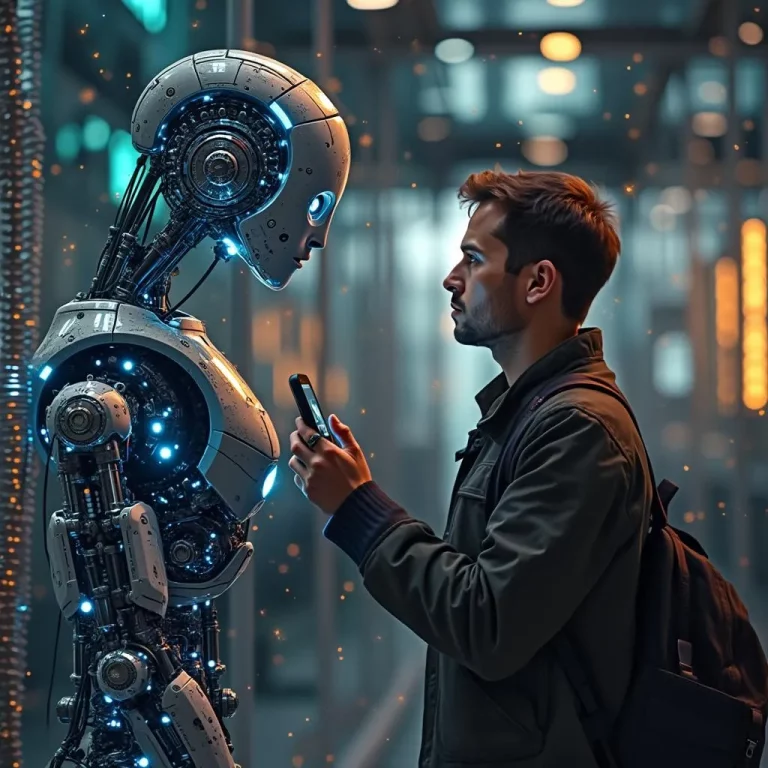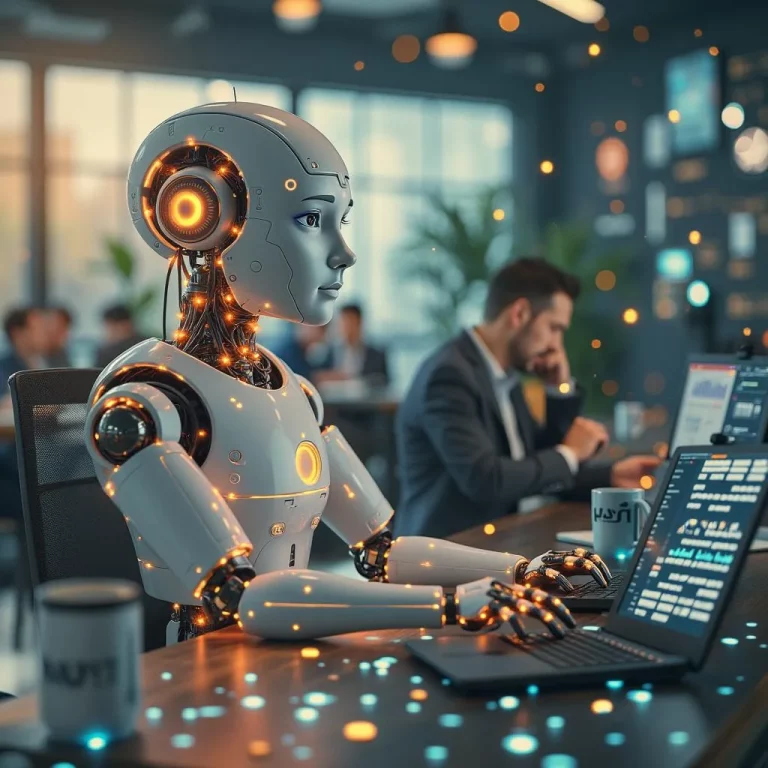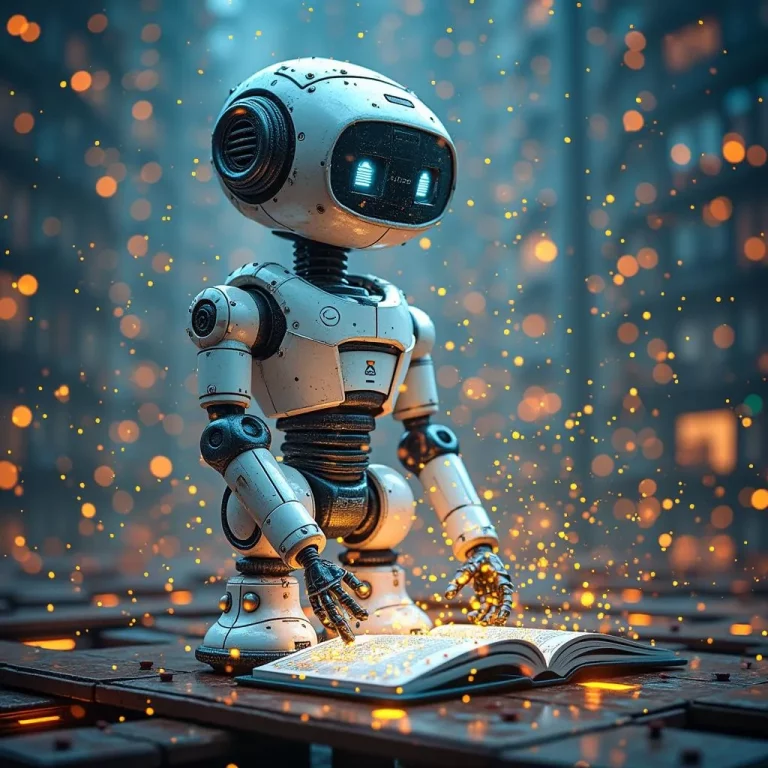The Rise of Industrial Robotics: Transforming Global Manufacturing
- 0 reactions
- 3 months ago
- Flaik.ai

The Rise of Industrial Robotics: Transforming Global Manufacturing
In recent years, the manufacturing landscape has undergone a significant transformation, largely driven by advancements in robotics technology. As we delve into the latest industry data, it’s clear that industrial robots are reshaping the way we produce goods on a global scale.
The Staggering Growth of Industrial Robots
According to the International Federation of Robotics (IFR), the adoption of industrial robots has reached unprecedented levels. In 2023 alone, over 540,000 new industrial robots were installed worldwide, pushing the total number of active industrial robots beyond the 4 million mark. This rapid growth underscores the increasing reliance on automation across various sectors.
Strengths and Limitations of Industrial Robots
Industrial robots have proven exceptionally proficient at handling repetitive tasks with precision and consistency. Their tireless nature and ability to work in environments that may be hazardous for humans have made them invaluable assets in many industries. However, it’s important to note that these machines are not without limitations.
While excelling at programmed, repetitive work, industrial robots often struggle with tasks that require adaptability and complex decision-making. This highlights the ongoing need for human expertise in manufacturing processes, especially in roles that demand creativity and problem-solving skills.
The Impact on the Workforce
The rise of industrial robots has naturally raised questions about the future of human employment in manufacturing. While some jobs have been automated, the integration of robotics has also created new opportunities in robot maintenance, programming, and oversight. As the industry evolves, there’s a growing demand for workers skilled in managing and optimizing robotic systems.
Looking to the Future
As we witness this robotic revolution in manufacturing, it’s crucial to consider the broader implications for industry and society. The continued advancement of AI and machine learning may soon enable robots to tackle more complex tasks, further expanding their capabilities.
For businesses looking to stay competitive in this rapidly changing landscape, embracing automation while also investing in human capital will be key. Tools like the Website SEO Optimizer can help companies navigate the digital aspect of this transformation, ensuring their online presence keeps pace with their technological advancements.
Moreover, as the line between human and machine work continues to blur, we may see new applications for robotics in unexpected areas. For instance, the development of an AI Voice Over Assistant demonstrates how AI and robotics can extend beyond traditional manufacturing into creative and service-oriented fields.
In conclusion, the rise of industrial robots represents a pivotal moment in manufacturing history. As we move forward, balancing the benefits of automation with the irreplaceable value of human ingenuity will be crucial for sustainable growth and innovation in the global manufacturing sector.
Comments
Continue reading
No results available
Reset


